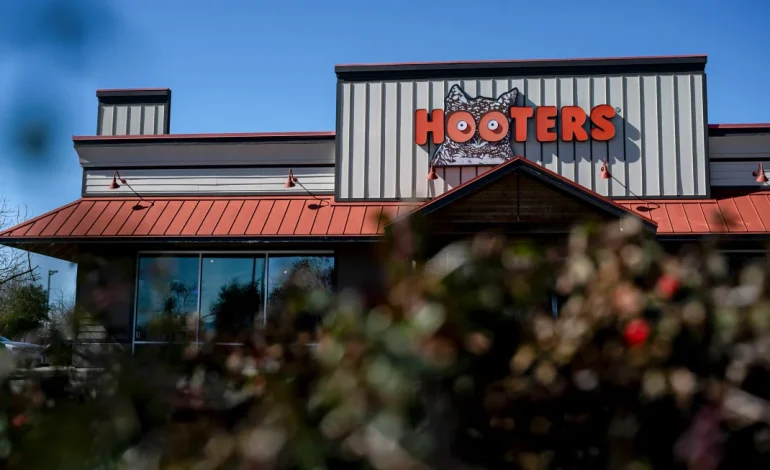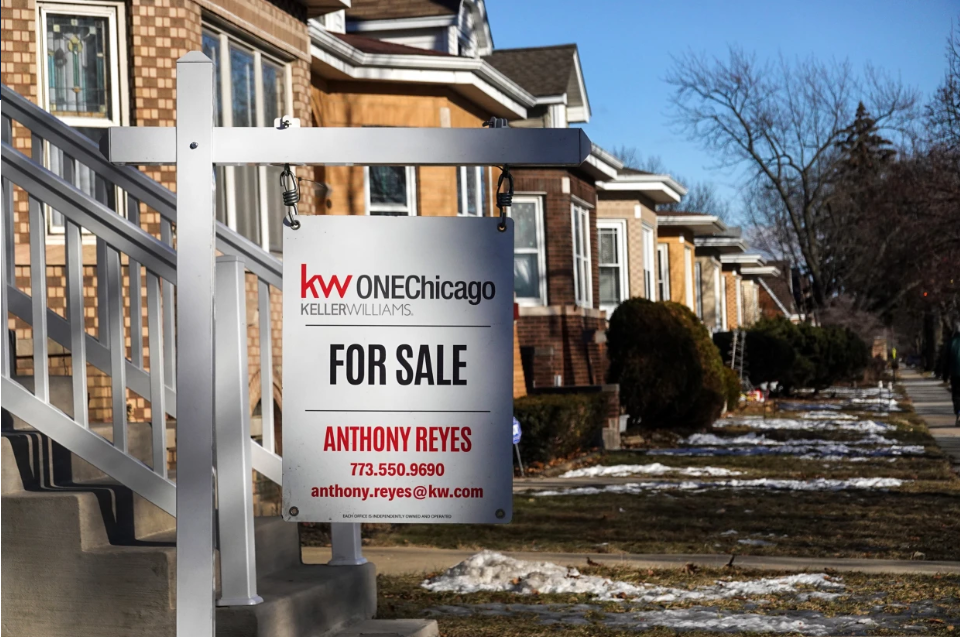Hooters has shuttered approximately 30 of its company-owned restaurants across several states as part of a strategic shift in its business model, CNN reports.
The closures come just a few months after the 42-year-old restaurant chain filed for bankruptcy and stated publicly that it had no plans to cease operations.
In a statement to CNN, a Hooters spokesperson explained, “After careful consideration of what is needed to best position our company for the future, Hooters made the difficult decision to close certain company-owned locations.”
Though the company did not release a full list of closures, local reports indicate affected sites include locations in Florida, Georgia, Michigan, North Carolina, South Carolina, Tennessee, and Texas.
The company emphasized that it is “here to stay” and is transitioning toward a franchise-only business model. Hooters is currently in the process of selling all 100 of its company-operated locations to two major franchise groups operating in the Tampa and Chicago regions.
The latest round of closures follows similar actions taken earlier in 2024, when Hooters began reassessing its operational footprint. While the decisions may appear abrupt, they align with the company’s stated goal of optimizing its operations and reducing underperforming assets.
Industry analysts suggest that closing unprofitable locations can help restaurant chains streamline operations and better focus resources. Maeve Webster, president of consulting firm Menu Matters, noted that trying to rehabilitate consistently underperforming units can ultimately harm the brand’s overall health.
“It’s similar to rationalizing a menu,” she said. “Better to eliminate items that aren’t selling or rarely selling to improve the quality and consistency of what remains.”
Hooters’ restructuring is part of a broader trend among casual dining chains. Other restaurant groups, such as Darden Restaurants’ Bahama Breeze and TGI Fridays, have also closed locations amid slowing consumer spending and heightened economic pressures. Rising inflation has particularly impacted lower- and middle-income diners, who represent a key demographic for many sit-down chains.









